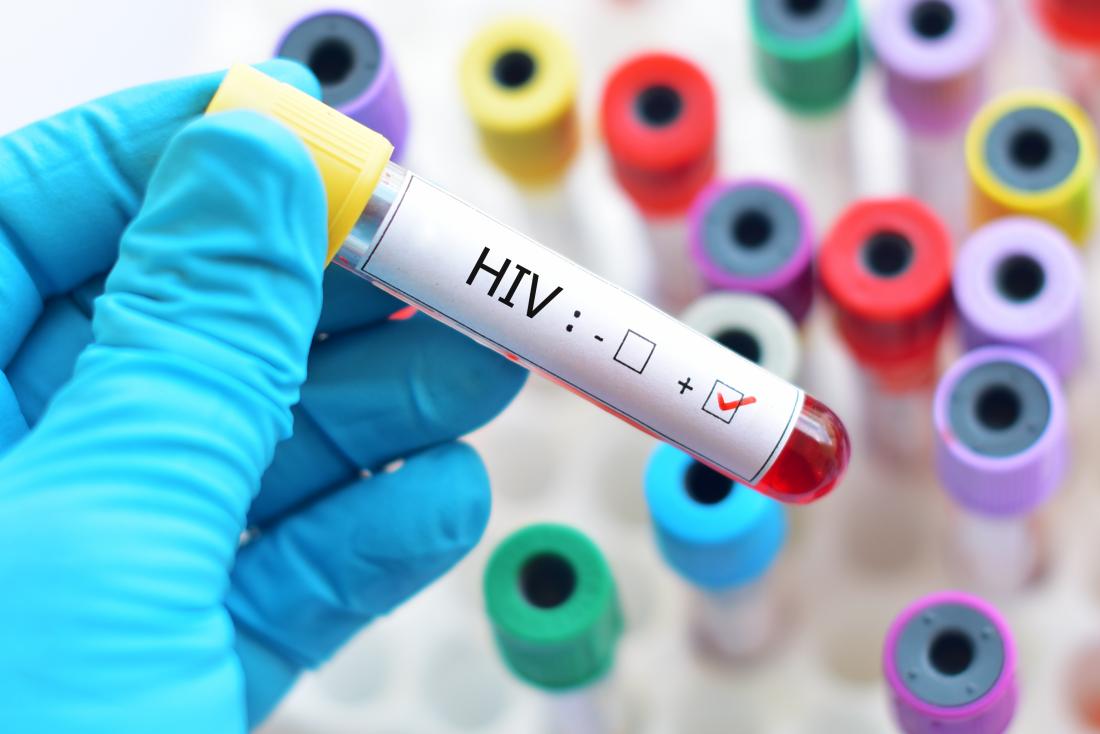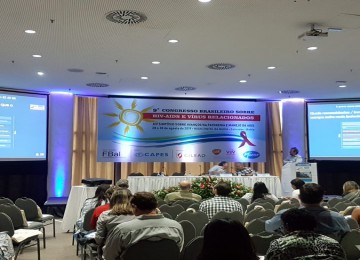While substantial progress has been made in increasing access to HIV treatment and new cases of HIV have declined substantially in some regions, controlling the epidemic will require improved efforts to increase the number of people living with HIV who know their status, as well as the effective use of better treatment and prevention measures.
Sub-Saharan Africa has an estimated 1.2 million new infections per year at a time when young people account for a significant and rapidly growing percentage of the population. As these young people reach the age of highest risk for HIV, a rebound in the epidemic may be inevitable unless efforts to combat the infection are greatly enhanced.
The Opportunity
In the past decade, the world has made significant progress in the fight against HIV due to large-scale treatment programs and efforts to prevent infection among infants born to mothers with HIV. The global incidence of HIV has declined by nearly 40 percent since 2001, and 17 million people worldwide are receiving antiretroviral treatment.
Countries and global partners can continue to accelerate progress by sustaining their investments to improve the efficiency and effectiveness of HIV prevention and treatment programs and support research into new and better prevention methods.
Our Strategy
The goal of our program is to accelerate the decline in HIV infection worldwide and save lives by ensuring expanded and simplified HIV treatment and improved and effective use of interventions to prevent new infections.


